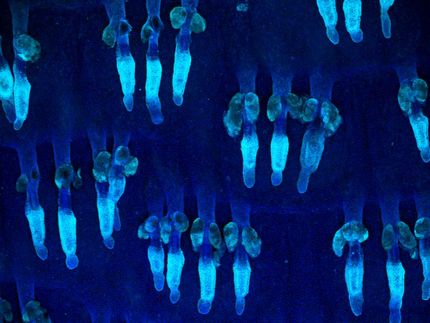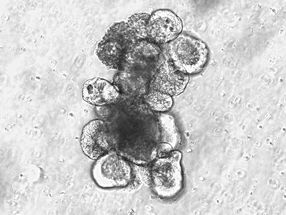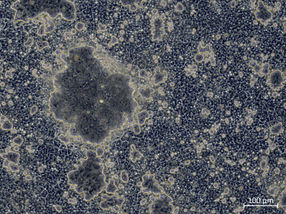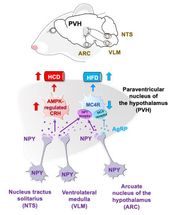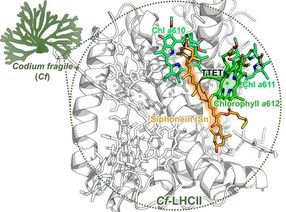New method to design custom protein binder
A novel, training-free approach in computational protein binder design unlocks new possibilities in next-generation biomedical applications
Advertisement
Designing protein binders from scratch has long been a daunting challenge within the field of computational biology. Researchers have now developed an innovative, training-free pipeline that uses the fundamental principle of shape complementarity to design site-specific protein binders, which are then optimised to fit precisely onto chosen target sites. The researchers tested this on proteins linked to cancer, showing their ability to block tumour growth in animals. This discovery not only advances binder design but also enhances our understanding of protein folding and interactions at the molecular level.
Recent advances in computational protein design have depended mainly on neural networks and machine learning to generate binders. However, the complexity of protein-protein interactions and the limitations of data-driven models constrain future progress. A team of researchers from the Max Planck Institute for Biology Tübingen, the University Tübingen, and the University Hospital Tübingen have now developed a training-free computational pipeline that uses complementary shape matching to guide the creation of protein binders.
“Despite significant advances in computational protein design in recent years, designing protein binders from scratch remains challenging,” explains the study’s first author, Kateryna Maksymenko. “To date, the most successful approaches deploy neural networks. Our goal was to develop a training-free pipeline for binder design. We wanted a design pipeline that not only enables the creation of site-specific binders but also deepens our understanding of protein folding and function.”
From concept to practical application
This study showcases the successful application of the novel approach to design protein binders targeting two biologically important molecules: the interleukin-7 receptor alpha (IL-7Rα), which plays a critical role in immunity and leukemogenesis, and the vascular endothelial growth factor (VEGF), a key angiogenic molecule and a therapeutic target in diverse diseases.
The pipeline integrates rapid computational selection of shape-matching scaffolds from extensive protein databases with physics-based interface design and molecular dynamics simulations to rank promising binder candidates. The top designs were then experimentally validated, demonstrating strong binding affinity, high stability, and potent activity in vitro and in vivo.
A vision of the future of protein engineering
This new design pipeline not only simplifies the process but also offers us deeper insights into the physical fundamentals of protein function. Moreover, this approach allows to incorporate artificial amino acids into designed proteins. The researchers hope this work will inspire broader applications and accelerate therapeutic discovery.
This work paves the way for robust, efficient, and interpretable protein binder design, potentially transforming drug development and molecular diagnostics.
Original publication
Kateryna Maksymenko, Valeriia Hatskovska, Murray Coles, Narges Aghaallaei, Natalia Pashkovskaia, Natalia Borbarán‐Bravo, Matteo Pilz, Philip Bucher, Mareike Volz, Joana Pereira, Marcus D. Hartmann, Ghazaleh Tabatabai, Judith Feucht, Stefan Liebau, Patrick Müller, Andrei N. Lupas, Julia Skokowa, Mohammad ElGamacy; "A Complementarity‐Based Approach to De Novo Binder Design"; Advanced Science, 2025-7-21




